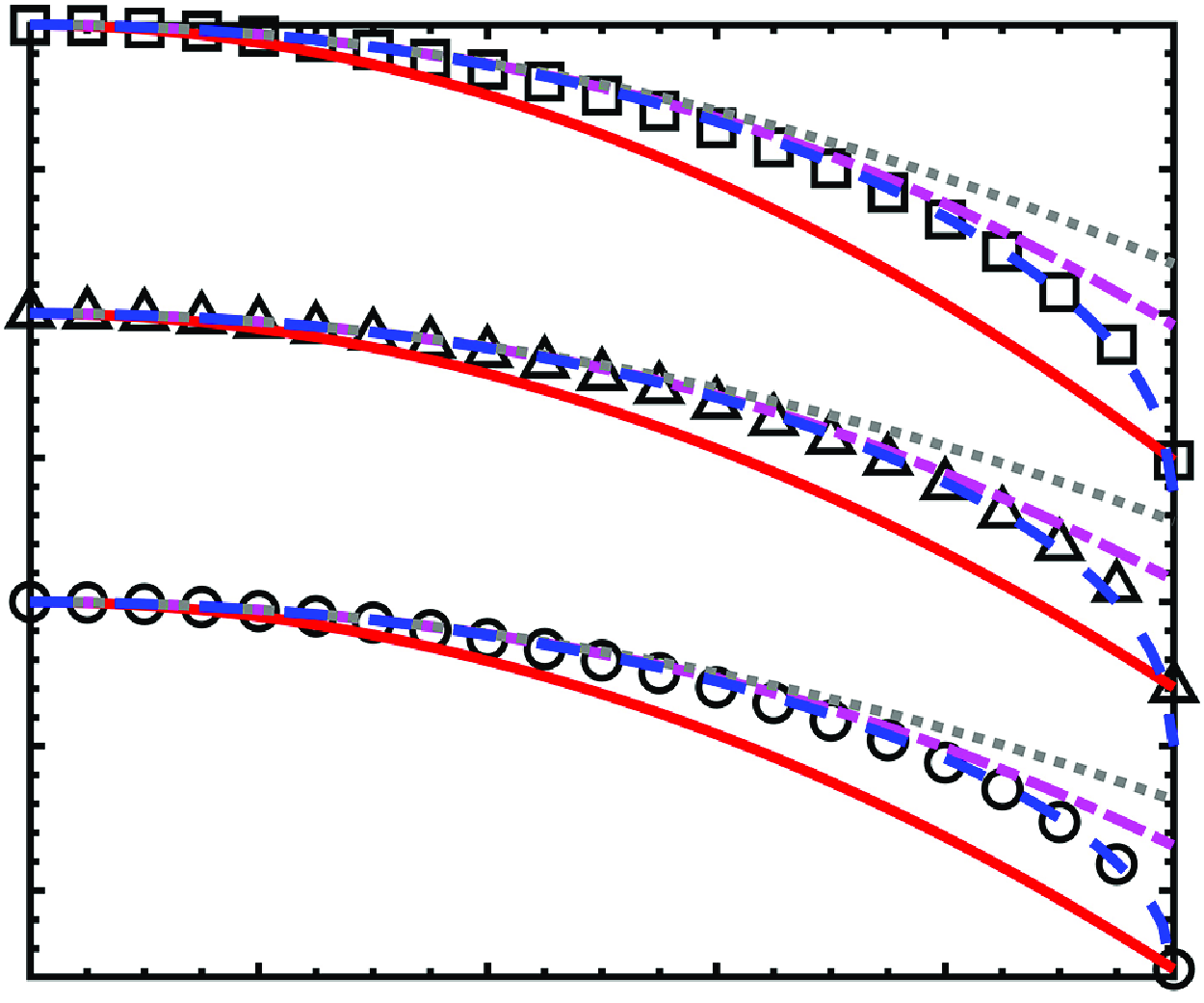No CrossRef data available.
Article contents
A unified framework for mean temperature analysis in compressible turbulent channel flows
Published online by Cambridge University Press: 28 May 2025
Abstract

We present a unified framework derived from the total heat flux equation, enabling the direct formulation of the relationship between mean temperature and velocity fields, as well as the development of mean temperature scalings in compressible turbulent channel flows. The proposed mean temperature–velocity relationship, combined with a simple damping function model for the mixed Prandtl number, demonstrates high efficacy in channels with both symmetric and asymmetric thermal boundary conditions across a range of Mach and Reynolds numbers. In contrast, the state-of-the-art generalised Reynolds analogy (GRA) relation (Zhang et al., 2014, J. Fluid Mech., vol. 739, pp. 392–420) is shown to be insufficient for asymmetric cases due to mismatched boundary conditions at the effective boundary layer edge. By introducing a mean temperature decomposition, we clarify that while the GRA relation effectively characterises the component associated with turbulence production and viscous dissipation, it fails to account for the contribution arising from non-zero edge total heat flux. Furthermore, we rigorously derive mean temperature transformations compatible with arbitrary velocity scalings for the first time. These findings provide some physical insights into the mean momentum and heat transport in compressible wall-bounded turbulence, and may be helpful for developing near-wall models.
JFM classification
Information
- Type
- JFM Rapids
- Information
- Copyright
- © The Author(s), 2025. Published by Cambridge University Press


